South Sudan
Discover South Sudan
South Sudan, officially known as the Republic of South Sudan, is a landlocked country in East-Central Africa. It gained independence from Sudan in 2011, making it the youngest country in the world. With a diverse landscape that includes swamps, tropical rainforests, and savannas, South Sudan is home to a rich tapestry of cultures and traditions.
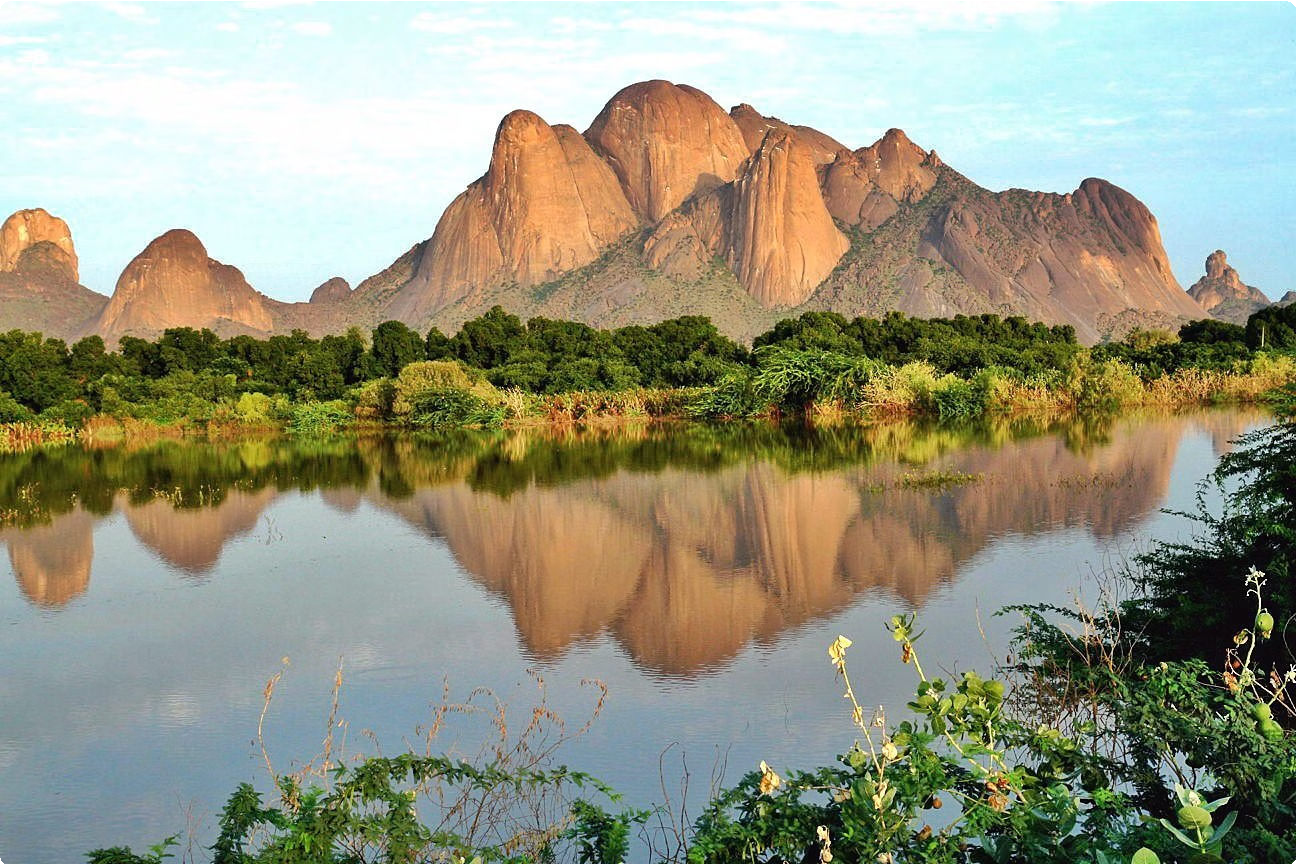
The country is known for its vibrant communities, unique languages, and traditional practices, offering a glimpse into the richness of its heritage. Despite facing various challenges, including political unrest and economic difficulties, South Sudan continues to exhibit resilience and carries a sense of hope for the future.
South Sudan Flag
The flag of South Sudan consists of three horizontal stripes of black, red, and green, separated by two thinner white stripes. The prominent colors hold significant symbolism, with black representing the people of South Sudan, red representing the blood shed in the struggle for independence, green symbolizing the country’s natural resources and the desire for peace and development, and white representing the peace attained after years of conflict. In the center, there is a blue triangle with a gold star, symbolizing the unity of the states and the bright future of South Sudan.

The flag was officially adopted on July 9, 2005, upon the signing of the Comprehensive Peace Agreement that led to South Sudan’s eventual independence. This flag is a powerful symbol of the nation’s history, struggle, and hopes for the future.
South Sudan Map
The map of South Sudan showcases the diverse landscapes and features that define the country. With the White Nile running through the central region and the Bahr el Ghazal River to the northwest, the map highlights the significance of these waterways for the country’s ecology and livelihood. It also illustrates the various cities and towns, each with its own unique cultural and historical significance, contributing to the rich tapestry of South Sudan’s geography.
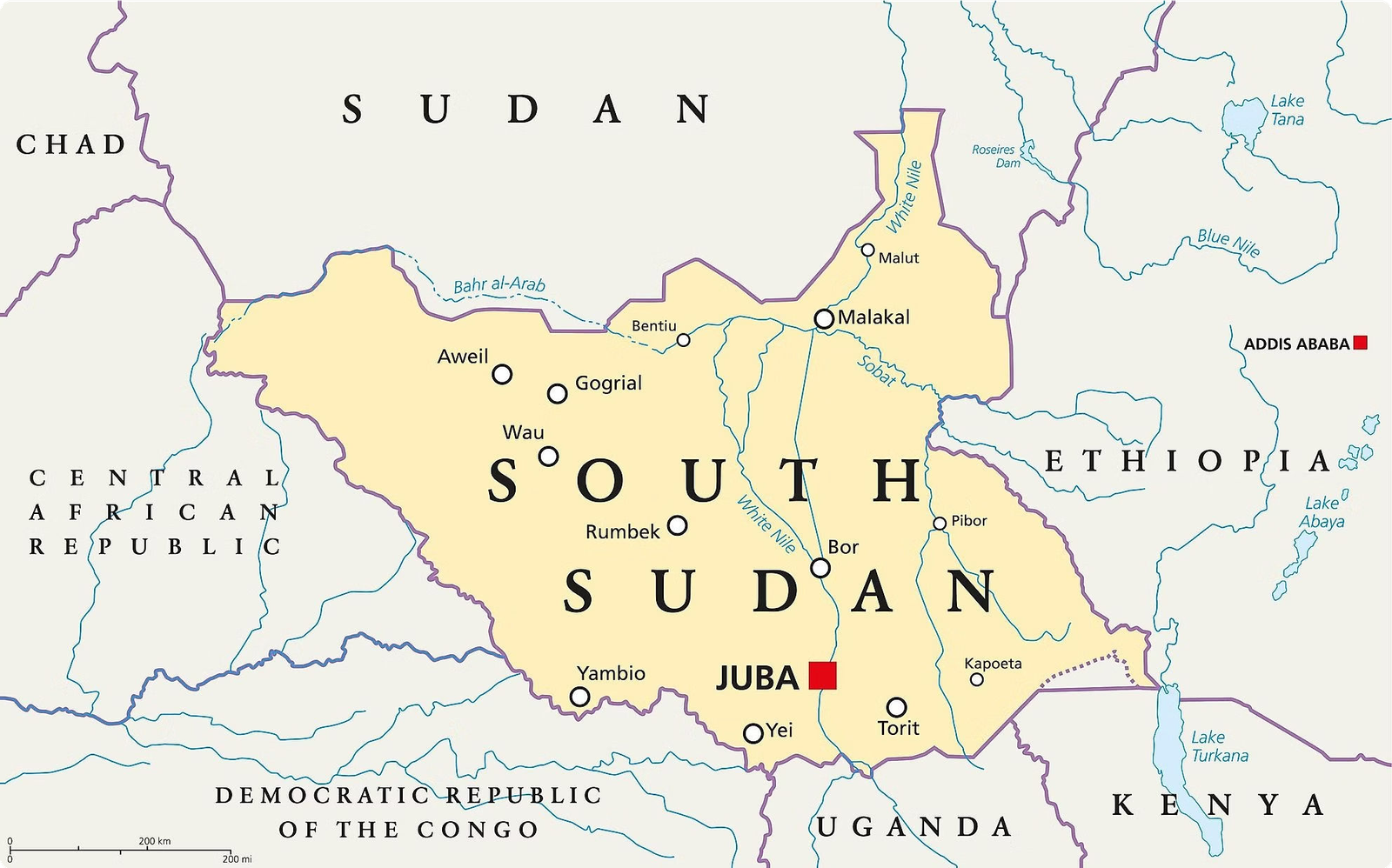
From the vast swampy expanse of the Sudd to the expansive plains in the east, the map captures the essence of South Sudan’s natural beauty. It also provides valuable insights into the distribution of population and resources, giving a comprehensive overview of the country’s spatial layout and topography.
Currency of South Sudan
South Sudanese Pound (SSP): The official currency of South Sudan is the South Sudanese Pound (SSP).
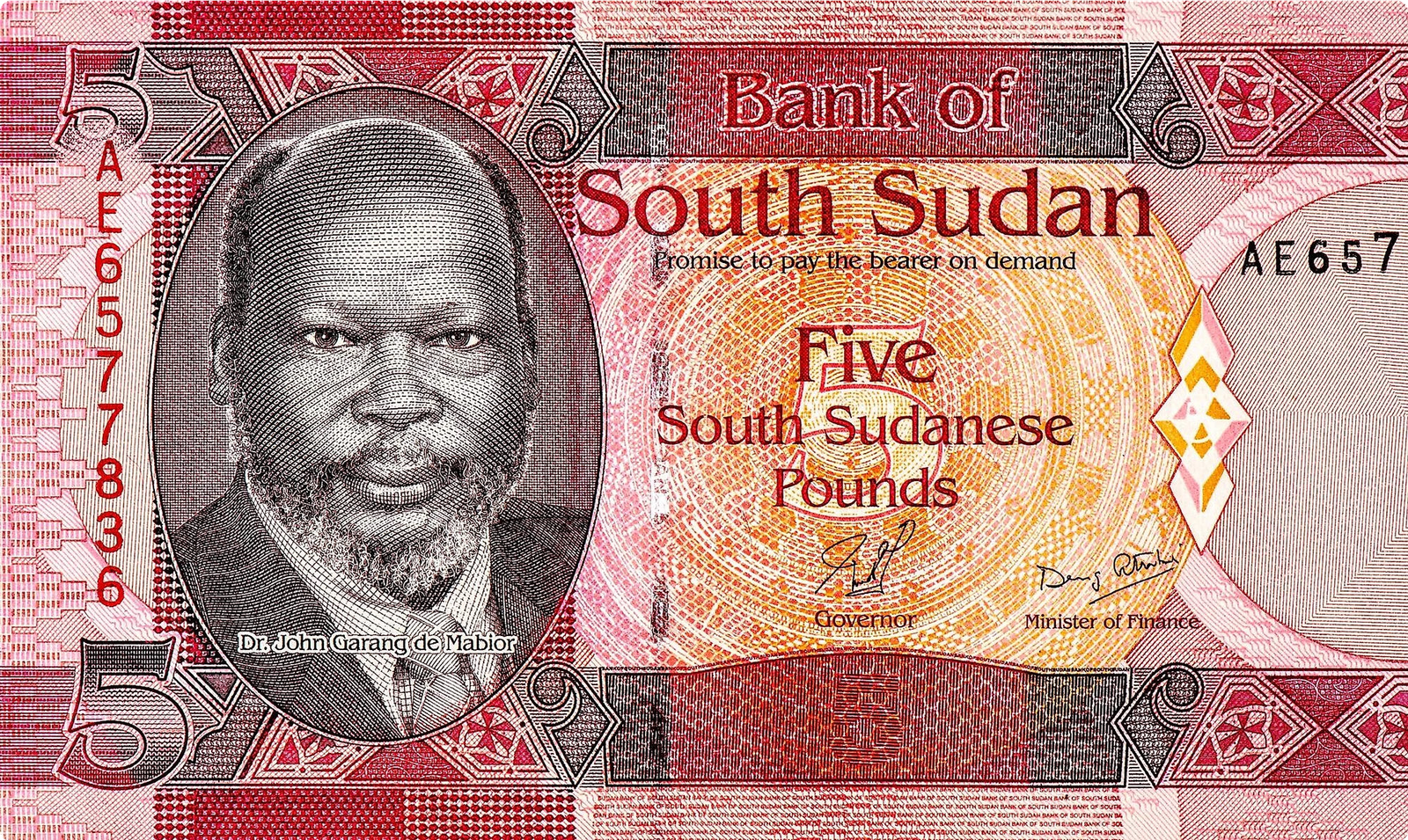
Exchange Rate: The exchange rate fluctuates, but it is typically around 177 SSP to 1 USD.
Banknotes and Coins: The currency is available in denominations of 1, 5, 10, 25, 50 piasters, and 1
pound banknotes, as well as 10, 20, 50, 100, and 500 piasters and 1 pound coins.
Economy of South Sudan
GDP and Economic Growth: South Sudan’s economy is heavily dependent on oil. The country has experienced significant fluctuations in its GDP due to the volatility of oil prices and production disruptions. However, efforts are being made to diversify the economy and promote non-oil sectors for sustainable economic growth.
Agriculture and Livelihoods: Agriculture is a vital sector, employing a large portion of the population. The fertile soil supports the cultivation of crops such as sorghum, maize, and millet. Livestock farming is also a traditional source of livelihood for many South Sudanese.
Challenges and Opportunities: South Sudan faces challenges related to infrastructure development, access to basic services, and political instability. However, there are opportunities for investment in agriculture, renewable energy, and infrastructure development, supported by natural resources and a young and growing population.
Culture of South Sudan
Traditional Attire: South Sudanese traditional dress is characterized by vibrant colors and intricate designs, reflecting the diverse cultural heritage of the different ethnic groups in the country.
Music and Dance: The traditional music and dance of South Sudan are an integral part of the culture, with rhythmic drumming and vibrant dances often performed during communal gatherings and celebrations.
Cuisine: South Sudanese cuisine is diverse, with staples such as sorghum, maize, and vegetables, along with unique dishes like “asida” and “mula” that hold cultural significance.
Art and Crafts: The artistic expression in South Sudan includes intricate beadwork, wood carvings, and woven baskets, showcasing the creativity and craftsmanship of the local artisans.
Traditional Dances in South Sudan
Dinka Tribe Dance
The Dinka tribe in South Sudan is known for their intricate traditional dances, characterized by rhythmic movements and vibrant costumes. The dance often involves storytelling through symbolic gestures, reflecting the tribe’s rich cultural heritage and history.

Bari Tribe Dance
The Bari tribe showcases their traditional dance with graceful movements and melodic music. The dance forms an integral part of their social and spiritual rituals, representing unity and celebration within the community.
Nuer Tribe Dance
The Nuer tribe’s traditional dance is characterized by energetic footwork and dynamic body movements. It is often performed during important events such as weddings, harvest celebrations, and rites of passage, symbolizing joy and cultural pride.
Popular Foods in South Sudan
Asida
Asida is a staple food in South Sudan, made from sorghum or millet flour. It is often served with stews or soups and is a common dish for breakfast, lunch, or dinner. Asida is known for its soft, porridge-like texture and is enjoyed by people of all ages.
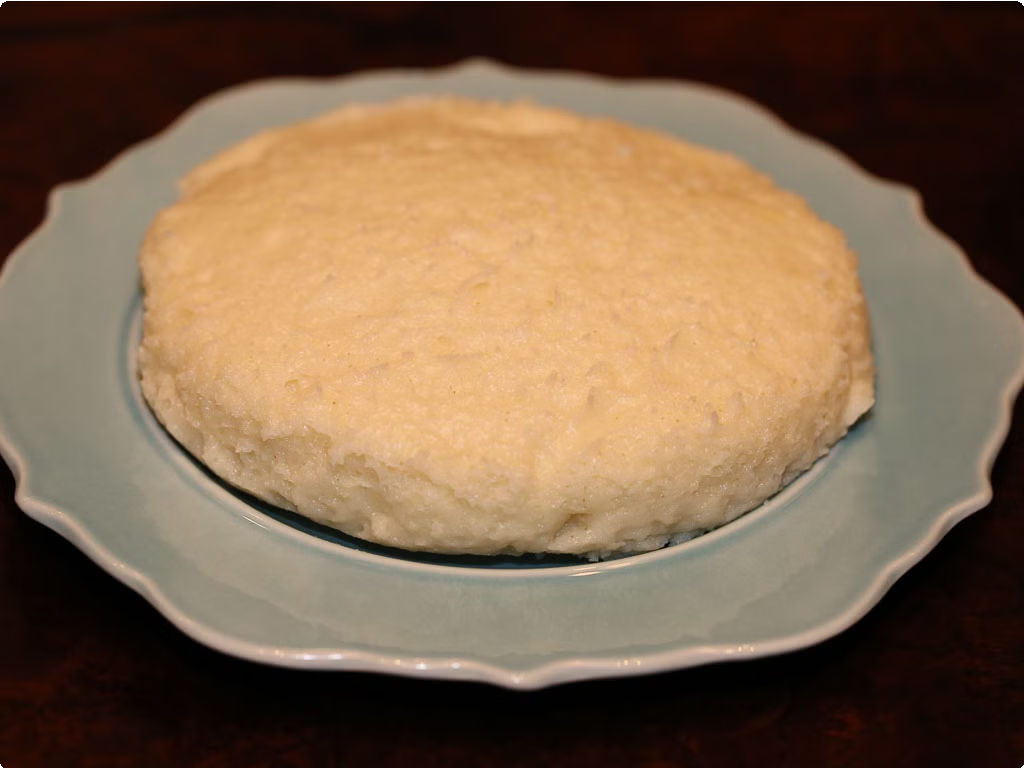
Kisra
Kisra is a traditional flatbread in South Sudan, made from fermented sorghum or wheat flour. It is a popular accompaniment to various dishes and is often enjoyed with meat, vegetable stews, or lentils. Kisra’s spongy and slightly tangy texture makes it a favorite among locals.

Mullah
Mullah is a hearty stew enjoyed in South Sudan, typically made with a variety of meats such as beef, goat, or lamb, combined with vegetables like okra, spinach, and onions. The rich and flavorful broth is seasoned with spices and herbs, creating a comforting and satisfying dish.
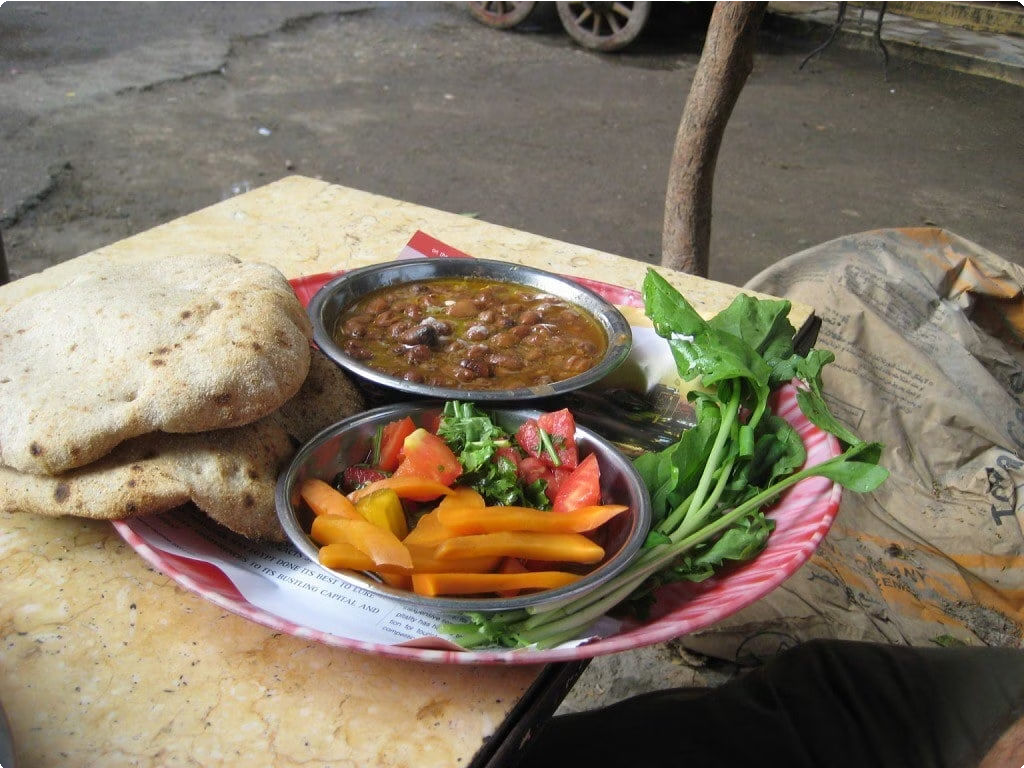
Bamiya
Bamiya, also known as okra stew, is a popular South Sudanese dish made with tender okra pods, tomatoes, and various spices. It is often cooked with meat, such as goat or beef, and served with rice or a type of flatbread. Bamiya is cherished for its vibrant flavors and nutritional value.

Famous Celebrities from South Sudan
Alek Wek
Alek Wek is a South Sudanese-British supermodel who gained international fame in the 1990s. She has graced the covers of top fashion magazines and walked the runway for renowned fashion designers, becoming a symbol of diversity and inclusivity in the fashion industry.

Ger Duany
Ger Duany is a South Sudanese actor and former child soldier who has made a significant impact in Hollywood. He has starred in major films and TV series, using his platform to raise awareness about the challenges faced by refugees and displaced individuals.

Grace Bol
Grace Bol is a South Sudanese model known for her striking features and powerful presence on the runway. She has been a trailblazer in the fashion industry, breaking barriers and inspiring aspiring models from South Sudan and beyond.

Best Cities to Visit in South Sudan
Juba
Juba is the capital and largest city of South Sudan. It is a vibrant and bustling city with a rich cultural heritage and a mix of modern and traditional architecture. Visitors can explore the Juba Souk, an open- air market offering a variety of local goods, crafts, and food. The city is also home to the Dr. John Garang Mausoleum, a monument dedicated to the late leader of the Sudan People’s Liberation Army.
Malakal
Malakal is a city located in the northeastern part of South Sudan. It is known for its beautiful natural surroundings, including the scenic banks of the White Nile. Visitors can experience the local culture by visiting the markets, where they can find traditional crafts and textiles. The city’s proximity to the Nile also offers opportunities for boat tours and river cruises.
Wau
Wau is the capital of Western Bahr el Ghazal state and is known for its historical significance and traditional architecture. The city has a diverse and vibrant community, offering a blend of cultures and traditions. Visitors can visit the Wau Mosque, a significant religious and architectural landmark in the city, and explore the local arts and crafts scene.
Rumbek
Rumbek is located in the Lakes State of South Sudan and is known for its scenic beauty and natural landscapes. Visitors can explore the nearby lakes and enjoy outdoor activities such as fishing and bird watching. The city also offers cultural experiences, including traditional dance performances and local cuisine.
Juba, the capital city of South Sudan
Juba, the capital and largest city of South Sudan, is located on the White Nile and serves as the economic, cultural, and political hub of the country. The city has a rich history, dating back to the ancient kingdom of Alodia, and has been significantly influenced by various cultures, resulting in a diverse and vibrant atmosphere.
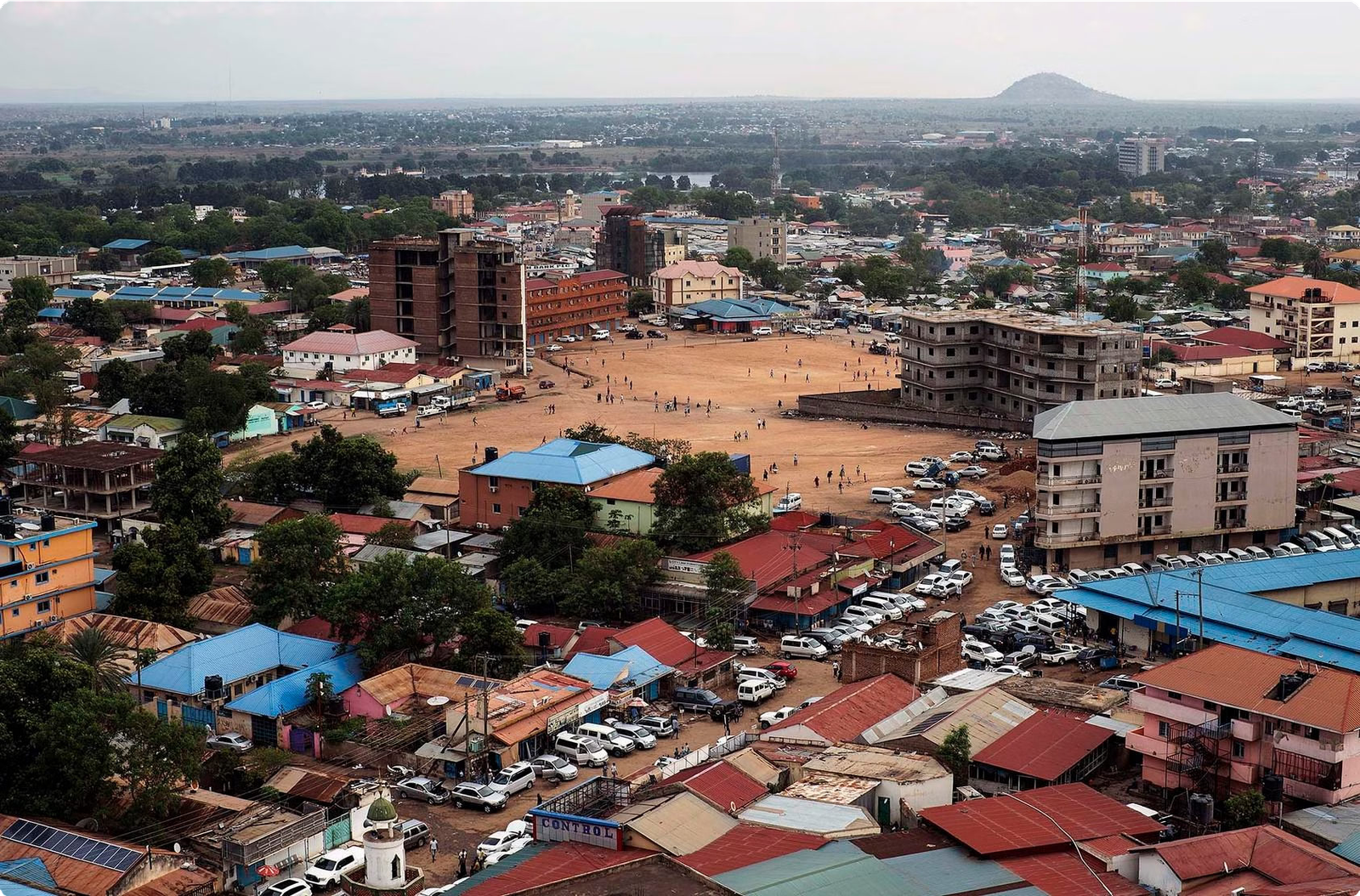
The city is home to impressive landmarks such as the Juba Bridge, which spans the White Nile, and the Juba Cathedral, known for its stunning architecture and historical significance. Visitors can explore local markets to experience the bustling trade and vibrant street life, or visit Jebel Kujur, a nearby hill offering panoramic views of the city and its surroundings.
Juba’s cultural scene is thriving, with a mix of traditional and contemporary art galleries, music venues, and a burgeoning culinary landscape. The city’s proximity to the Nile also offers opportunities for river cruises, fishing, and leisure activities along its banks.
The people of Juba are known for their warmth and hospitality, and the city is an emerging tourist destination with a range of hotels, restaurants, and entertainment options to cater to visitors from around the world.
Malakal, a City in South Sudan
Malakal, also spelled Malakhal, is a city located in the eastern part of South Sudan. It serves as the capital of the Upper Nile State and is situated near the White Nile river. The city has a rich history and is known for its cultural significance in the region.
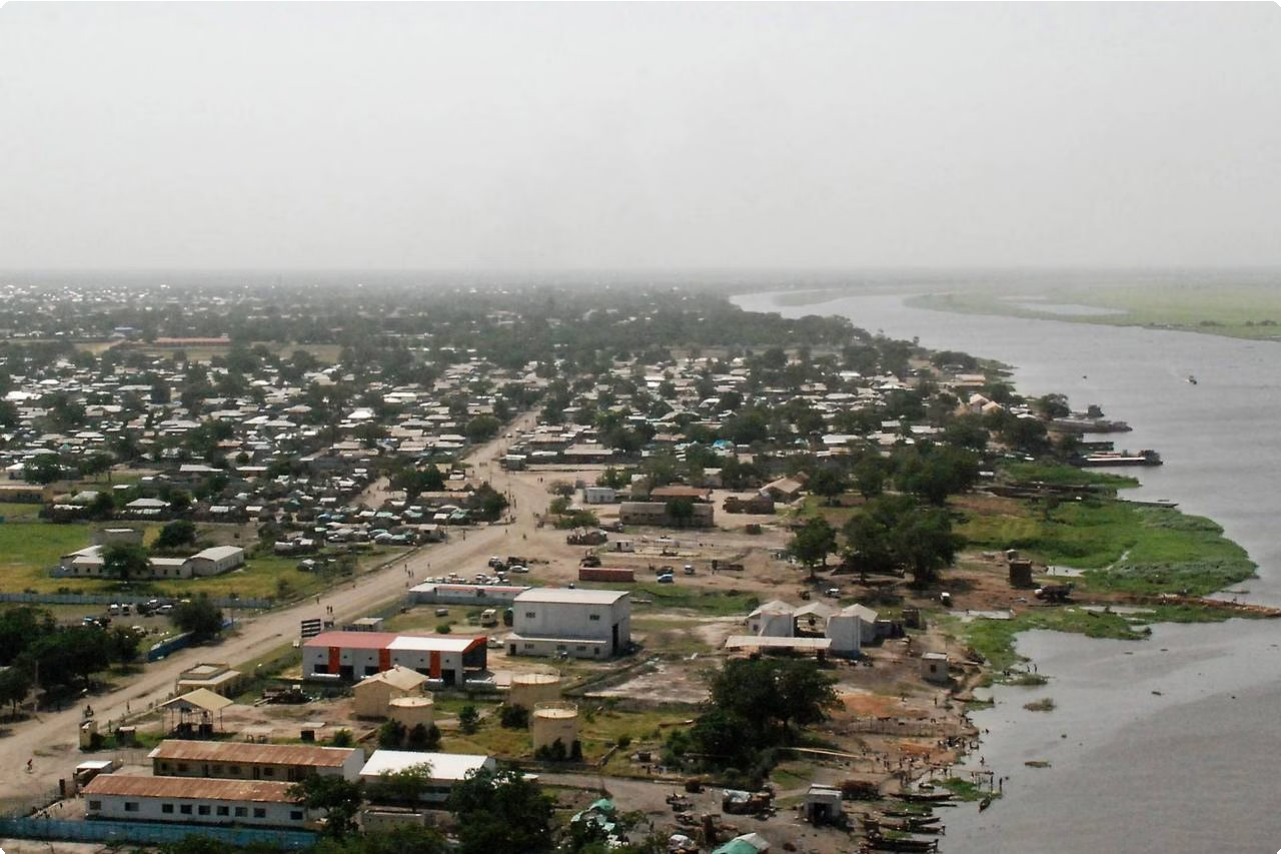
The city of Malakal has faced challenges due to the political instability in South Sudan, but it is also a place of resilience and hope. The diverse communities in Malakal contribute to the vibrant cultural tapestry of the city, which includes traditional music, dance, and art forms.
With its proximity to the Nile, Malakal offers picturesque views and opportunities for outdoor activities. The natural beauty in and around the city is truly captivating, making it a destination worth exploring for nature enthusiasts and adventurers.
Wau, a city in South Sudan
Wau is the second-largest city in South Sudan, located in the northwestern part of the country. The city is known for its rich history and cultural heritage, with a vibrant community that celebrates traditional customs and values.
The city of Wau is a hub of economic activity, serving as a center for trade and commerce in the region. Its bustling markets, lively streets, and diverse population contribute to the unique atmosphere of the city.
Wau is also home to significant historical sites, including the Bagari market, which offers a glimpse into the local lifestyle and showcases traditional handicrafts and arts. Visitors to Wau can explore the natural beauty of the surrounding area, with lush landscapes and picturesque scenery.
Aweil, a City in South Sudan
Aweil is a city located in the northern part of South Sudan. It is the capital of Northern Bahr el Ghazal state and serves as an important administrative and commercial center. The city has a rich cultural heritage and is known for its vibrant community and traditional events. Aweil is characterized by its bustling markets, where locals engage in trade and commerce, showcasing the city’s economic significance.
The people of Aweil are known for their warmth and hospitality, and the city offers a fascinating blend of modern infrastructure and traditional customs. Aweil’s architecture reflects its historical roots and the influence of various ethnic groups in the region. The city’s surroundings are adorned with picturesque landscapes, offering breathtaking views of the South Sudanese countryside.
Rumbek, a city in South Sudan
Rumbek is the capital of Lakes State in South Sudan and is located in the Bahr el Ghazal region. It is one of the largest cities in the country and is known for its cultural significance. The city has a rich history and is home to various ethnic groups, contributing to its diverse and vibrant atmosphere.
The landscape around Rumbek is characterized by lush greenery and beautiful natural scenery. The city is surrounded by stunning lakes and is a gateway to exploring the natural beauty of South Sudan.
Visitors can experience the traditional lifestyle of the local communities and immerse themselves in the unique culture of the region.
Rumbek offers an authentic South Sudanese experience, with local markets bustling with activity, colorful traditional dress, and a warm and welcoming community. It is a place where visitors can gain insight into the daily lives of the people and appreciate the cultural traditions that have been passed down through generations.
Bor, a city in South Sudan
Bor is a bustling city located in the Jonglei state of South Sudan. As the capital of Jonglei, it plays a significant role as a commercial and administrative center. The city is situated on the banks of the White Nile, adding to its natural charm and providing a picturesque backdrop for its vibrant urban life.
The people of Bor, known for their warmth and hospitality, have a rich cultural heritage that is reflected in their traditional arts, crafts, and celebrations. The city’s marketplaces are alive with color and activity, offering a wide variety of goods and local produce.
Bor is also known for its significant historical sites and landmarks, including ancient architecture and relics that tell the story of the city’s past. The city’s diverse population, which includes various ethnic groups, contributes to its unique and vibrant atmosphere.
Yambio, a City in South Sudan
Yambio is a city located in the Western Equatoria region of South Sudan, known for its lush green landscapes and vibrant culture. The city is situated near the borders of the Democratic Republic of the Congo and the Central African Republic, making it a melting pot of diverse influences.
Yambio is home to a thriving agricultural community, with fertile soils supporting the cultivation of
various crops, including cassava, maize, and vegetables. The local markets bustle with activity as traders showcase an array of fresh produce and handmade crafts.
The city has a rich cultural heritage, evident in its traditional music, dance, and art forms. The people of Yambio are known for their warm hospitality and deep-rooted traditions, which are celebrated through colorful festivals and ceremonies.
Visitors to Yambio can explore the surrounding natural beauty, with opportunities for nature walks, birdwatching, and cultural exchanges with the local communities. The serene rivers and dense forests add to the allure of this picturesque city, making it a must-visit destination for nature enthusiasts and cultural explorers.
Torit, a City in South Sudan
Torit is a bustling city located in the Eastern Equatoria region of South Sudan. It serves as the capital of the Torit State and is situated at the foot of the Imatong Mountains, providing a stunning backdrop to the city’s landscape. The city is known for its vibrant markets, where locals gather to sell colorful textiles, handicrafts, and fresh produce. Visitors can immerse themselves in the rich cultural heritage of Torit by exploring traditional Didinga and Taposa villages nearby, experiencing local customs, dances, and traditional ceremonies.
The city has played a significant role in the history of the region and is home to various historical sites, including colonial-era buildings and ancient ruins. Torit also serves as a hub for agricultural activities, with fertile lands surrounding the city, supporting the cultivation of crops such as maize, sorghum, and groundnuts. The serene Kapoeta River flows through the outskirts of Torit, providing a picturesque setting for picnics and leisure activities.
The community spirit is strong in Torit, with residents known for their warm hospitality and strong sense of unity. The city’s central square is often filled with lively music and dance performances, showcasing the traditional rhythms and movements of the local tribes. Torit offers a unique blend of historical significance, natural beauty, and cultural richness, making it a compelling destination for travelers seeking an authentic South Sudanese experience.
Bentiu, a City in South Sudan
Bentiu is the capital of Unity State in South Sudan. Located in the northern part of the country, Bentiu serves as an important economic and administrative center for the region. The city holds historical significance and has witnessed various cultural and socio-economic developments over the years.
The city is known for its resilient and welcoming community, bustling markets, and unique traditional practices. Bentiu is also a hub for trade and commerce, with its vibrant marketplaces offering an array of local goods and products.
Bentiu’s landscape is characterized by vast plains and the iconic White Nile, which adds to the city’s natural allure. The surrounding areas are rich in biodiversity and provide a glimpse into South Sudan’s diverse ecosystems.
Yei, a city in South Sudan
Yei is a vibrant city located in the southern region of South Sudan. It is renowned for its peaceful atmosphere, friendly locals, and captivating natural beauty. The city is surrounded by lush greenery and is a haven for nature enthusiasts. The Yei River, flowing through the city, adds to the serene ambiance, offering picturesque views and recreational activities.
The cultural richness of Yei is reflected in its traditional festivals and celebrations, providing visitors with an insight into the local customs and heritage. The bustling markets offer a glimpse into the daily life of the residents, where vibrant colors and the aroma of local delicacies fill the air.
Visitors to Yei can explore the nearby wildlife sanctuaries, embark on nature walks, and engage in outdoor adventures. The city’s warm climate and beautiful landscapes make it a perfect destination for relaxation and exploration.
Renk, a city in South Sudan
Renk is a bustling city located in the northeastern part of South Sudan, near the border with Sudan. It is a major hub for trade and commerce, playing a significant role in the economy of the region. The city is known for its vibrant marketplaces, where locals gather to buy and sell goods, including traditional crafts, clothing, and fresh produce.
The city’s rich cultural heritage is evident in its architecture, with traditional huts alongside more modern buildings, showcasing a blend of old and new. Renk is also known for its lively festivals and events, often featuring traditional music, dance, and local cuisine.
One of the prominent landmarks in Renk is the picturesque White Nile River, offering serene views and opportunities for outdoor activities. The city’s welcoming atmosphere and friendly locals make it an inviting destination for travelers seeking an authentic cultural experience in South Sudan.
For a glimpse into the daily life and unique traditions of the people in this region, Renk is a must-visit destination that promises to leave a lasting impression on any visitor.
Abyei, a region in South Sudan
Abyei is a disputed region located between Sudan and South Sudan. It is inhabited mainly by the Ngok Dinka people, who are closely related to the Dinka of South Sudan. The region has been the center of a territorial dispute between the two countries, leading to political tensions and occasional violence. This dispute extends back to the colonial period and remains unresolved despite various peace agreements and international interventions.
The status of Abyei is unique, as it was supposed to hold a referendum to determine whether it would join Sudan or South Sudan, but the referendum has not been held yet due to the complex political situation. The area is rich in oil, adding to the complications of its status.
Due to its significance and complex history, Abyei remains a focal point in the dynamics between Sudan and South Sudan, and its future remains uncertain. Efforts to resolve the status of Abyei continue to be a priority for both countries and the international community.
Boma National Park
Boma National Park is a breathtaking and popular tourist destination situated in South Sudan. Known for its stunning natural beauty, the park offers a diverse range of wildlife, lush landscapes, and captivating scenery. Visitors to Boma National Park can experience the thrill of exploring the vast open savannahs, dense forests, and picturesque rivers, making it an ideal location for nature enthusiasts and wildlife lovers.
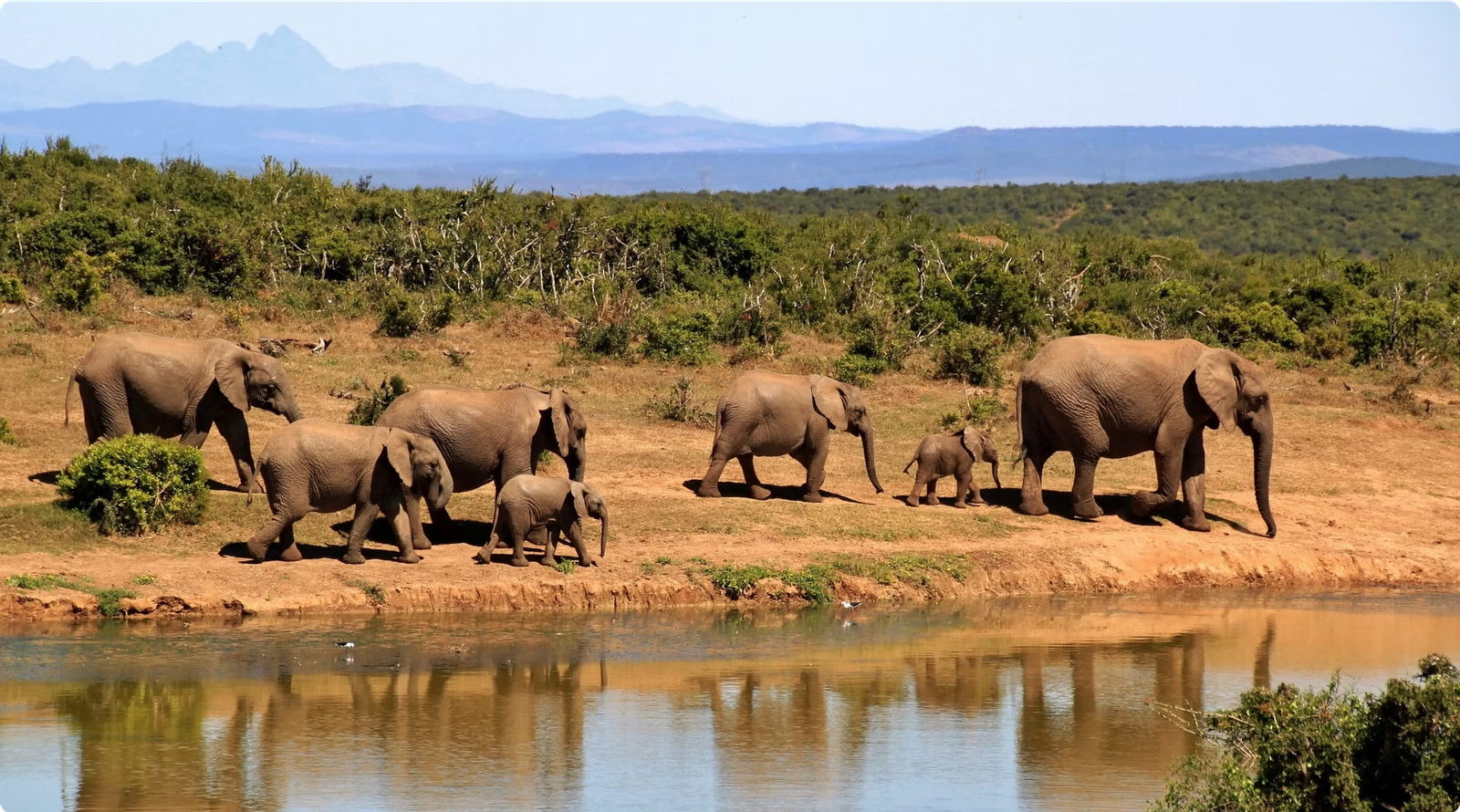
The park is home to a rich variety of flora and fauna, including majestic elephants, graceful giraffes, elusive leopards, and a myriad of bird species. With its unique ecosystem and abundant wildlife, Boma National Park provides an unforgettable safari experience, allowing visitors to witness the wonders of the natural world up close.
Nimule National Park, a Wildlife Reserve in South Sudan
Nimule National Park is a stunning wildlife reserve located in South Sudan. The park is renowned for its breathtaking natural beauty and diverse ecosystem, attracting nature enthusiasts and wildlife photographers from around the world. Within the park, visitors can observe a wide variety of animals in their natural habitat, including elephants, giraffes, buffalo, and numerous species of birds. The lush landscape of Nimule National Park is characterized by expansive savannahs, picturesque rivers, and dense forests, offering an immersive experience for those seeking to connect with nature.

In addition to its rich wildlife, the park also holds cultural and historical significance, with ancient rock art sites that provide insight into the region’s indigenous communities. Guided tours and safari experiences are available for visitors, providing an opportunity to explore the park’s wonders while gaining a deeper understanding of its importance for conservation and biodiversity. Nimule National Park stands as a testament to South Sudan’s natural heritage and serves as a must-visit destination for anyone with a passion for wildlife and the great outdoors.
Bahr el Ghazal River
The Bahr el Ghazal River is a significant waterway in South Sudan, flowing through the western regions of the country. It is one of the major rivers in the Nile system and plays a vital role in the local ecosystem and economy. The river supports diverse flora and fauna, offering a habitat for various species of fish, birds, and other wildlife. Additionally, the Bahr el Ghazal River provides essential water resources for agriculture and sustains the livelihoods of communities along its banks.
With its meandering course and scenic surroundings, the Bahr el Ghazal River is not only a natural marvel but also a popular destination for eco-tourism and river-based activities. Tourists can enjoy boat cruises, birdwatching, and exploration of the river’s rich ecological diversity. The river’s serene beauty and ecological significance make it a must-visit attraction for nature enthusiasts and adventurers in South Sudan.
Sudd, a Vast Swamp in South Sudan
The Sudd is a massive swamp region located in South Sudan, covering an area of about 30,000 square kilometers. It is one of the largest wetlands in the Nile Basin and is fed by numerous rivers, including the White Nile. The Sudd plays a crucial role in the region’s ecosystem, serving as a habitat for diverse wildlife, including birds, fish, and amphibians.
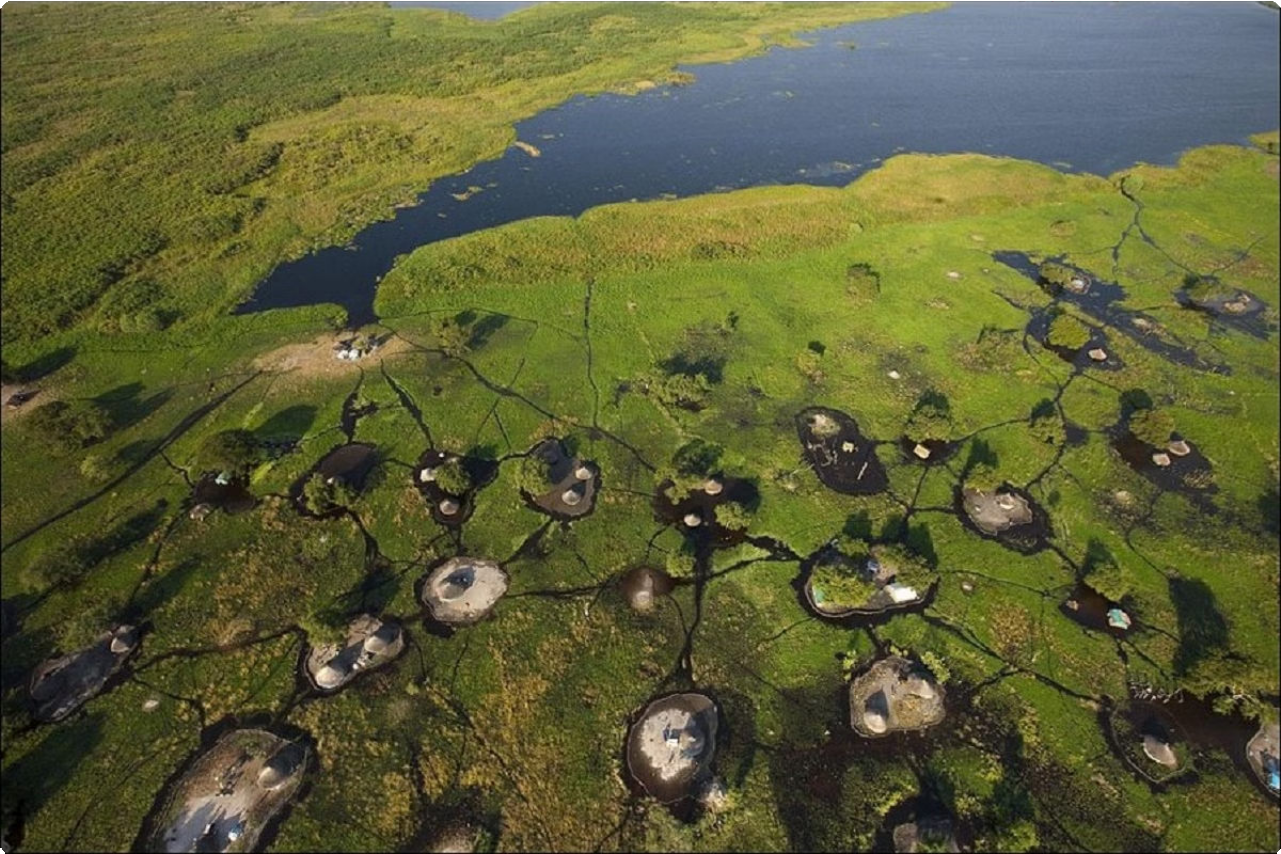
Due to its unique ecological significance, the Sudd is a designated Ramsar site, recognizing its importance as a wetland of international importance. It also poses challenges for transportation and agriculture in the region due to its size and complex waterways. Efforts are being made to preserve this natural wonder while addressing the logistical challenges it presents to the local population.
Conclusion
In conclusion, South Sudan is a country with a rich history, diverse culture, and stunning natural landscapes. Despite its challenges, the country’s resilience and optimism shine through in its people and traditions. From traditional dances to delicious cuisine, South Sudan offers a unique and vibrant experience for visitors. As the nation continues to develop and grow, it remains a compelling and intriguing destination for travelers seeking adventure and cultural immersion.
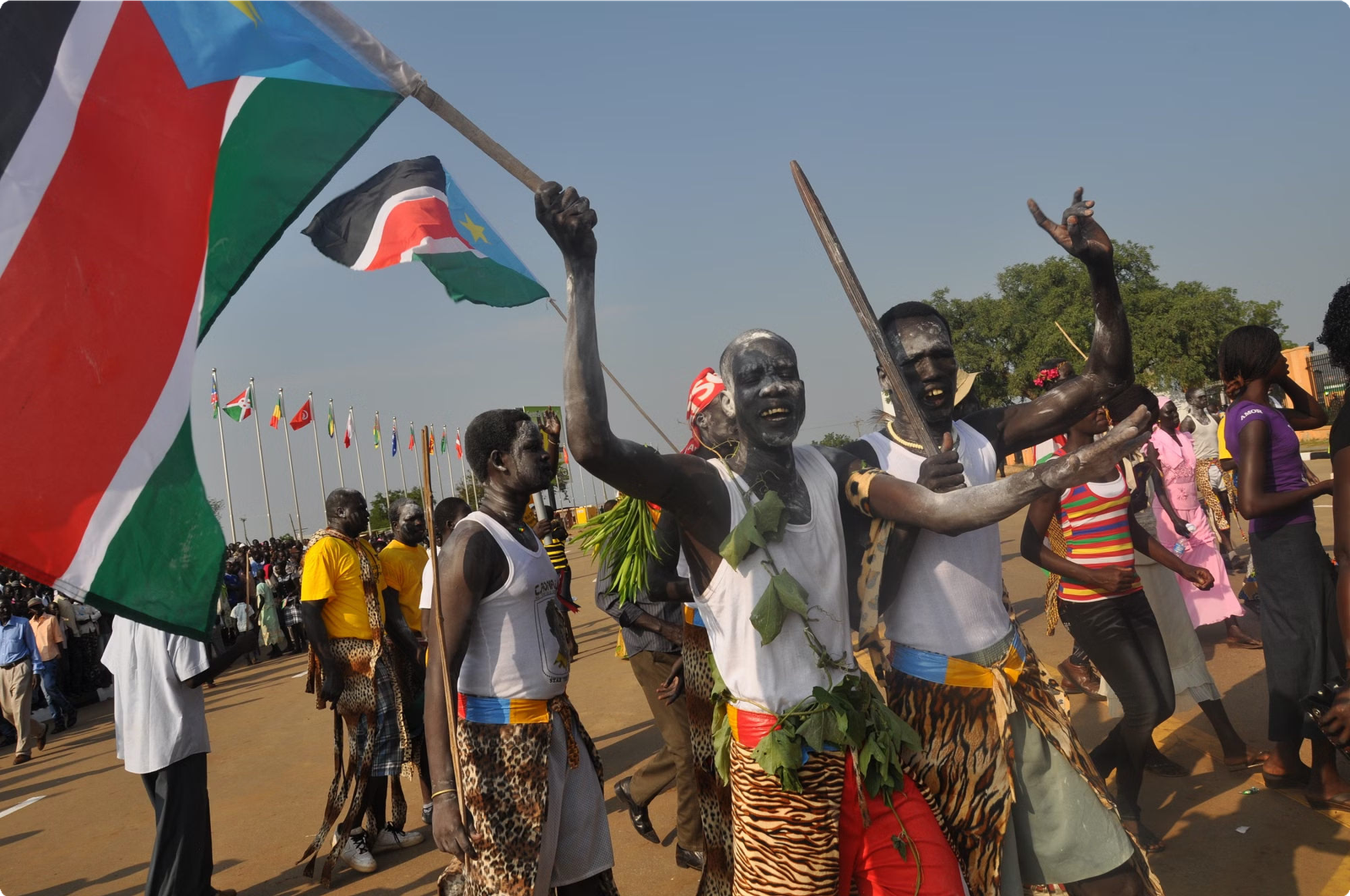
With its bustling cities, breathtaking national parks, and friendly locals, South Sudan welcomes visitors with open arms, eager to share its stories and beauty. Whether exploring the urban landscapes of Juba or the untamed wilderness of Boma National Park, there is something for everyone in this dynamic and captivating nation.